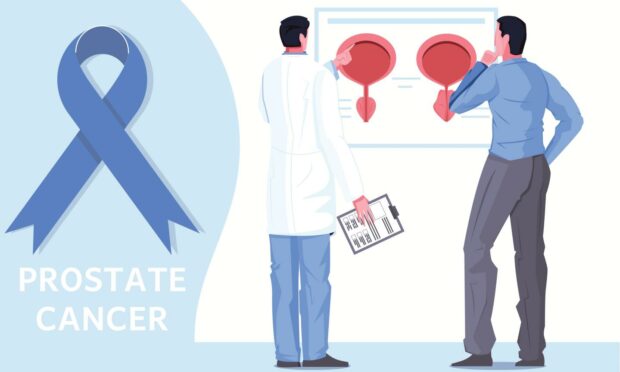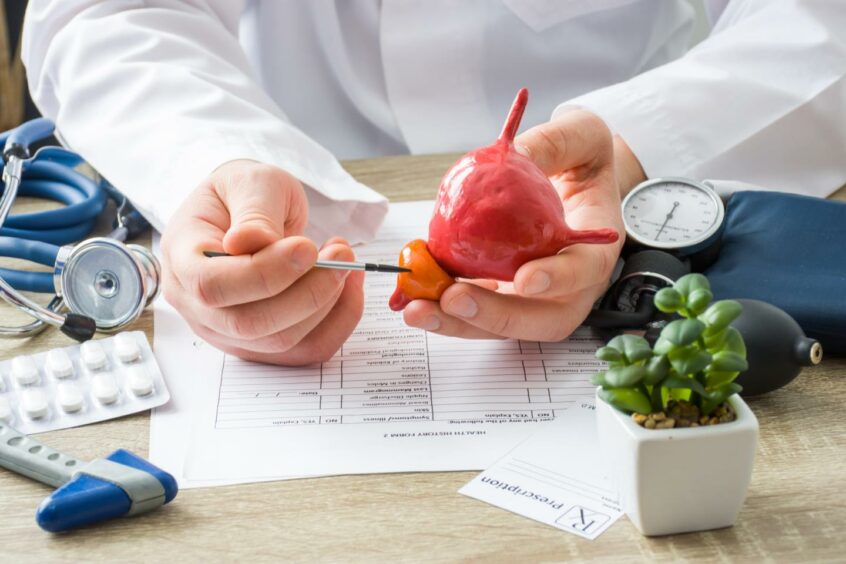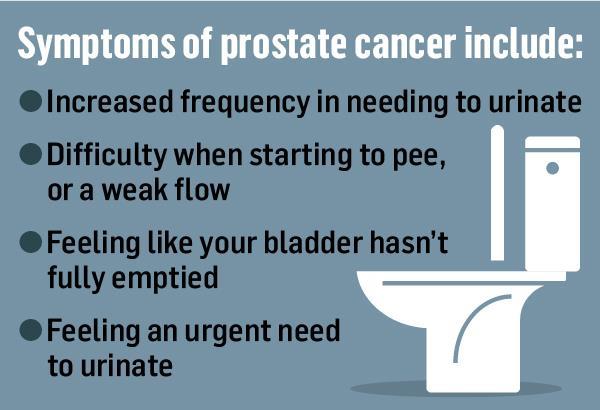November, known by dedicated fundraisers as Movember, marks a month of raising awareness on key health issues affecting men.
Movember, a portmanteau of “moustache” and “November”, is an annual event involving the growing of moustaches during the month of November to raise awareness of men’s health issues – mental and physical.
One of the month’s aims is to help identify symptoms of prostate cancer and help men get diagnosed.
One in eight will be diagnosed with prostate cancer in their lifetime, making it the most diagnosed form of the illness among men.
Lead GP Dr Rhianna McClymont, from digital healthcare provider Livi, has outlined key signs of the disease and what to do about them
Who’s at risk?
Anyone with a prostate is at risk.
The organ’s main function is to produce fluid, which mixes with sperm to create semen.
Prostate cancer can affect men at any age, but it’s most commonly diagnosed in older age groups – particularly those over 50.
Dr McClymont said: “Research has also found that men of an African, or African-Caribbean descent, are also more at risk from the cancer compared to men from other ethnicities.
What can increase the risk of prostate cancer?
Various factors can make you more prone to developing the disease, including family history.
Having a male member of your family develop prostate cancer before the age of 60 increases the risk.
Another factor is obesity. The NHS has suggested that obesity may be linked to a bigger likelihood of developing the disease.
What are the symptoms?
Dr McClymont said: “Unfortunately, prostate cancer can often be symptomless, which is why it’s so important to have your prostate checked regularly as you get older.”
When symptoms do appear, particularly as the illness becomes more advanced.
How can I get tested for prostate cancer?
If you notice any of the symptoms linked to it, you might be offered a PSA (prostate specific antigen) test. This is is a blood test that can indicate the presence of the cancer.
Dr McClymont added: “Your GP will also suggest an examination of your prostate, which is undertaken through a rectal exam.
“If either or both of these tests indicate the possible presence of prostate cancer, then you will undertake an MRI scan to assess the prostate, and a biopsy will be used to officially diagnose the condition.”
What are the treatment options?
According to Dr McClymont, treatment largely depends on the severity of the condition, and how far advanced it is.
As well as other factors, including if it’s spread to other areas of your body, and your general health.
Surgery is an option to remove the prostate, called a prostatectomy.
But there is also radiotherapy, hormone therapy or “watchful waiting”, where the cancer is considered minor and poses little threat of spreading, or developing further within the person’s lifetime.
It’s then left untreated but closely monitored.
Prostate cancer is common, and often treatable if caught early enough.
Because of this, most patients diagnosed with it do survive – which is why it’s important for men to be aware of the signs, symptoms and understand the need to be checked as they get older.
More health news…
Man takes on gruelling 24-hour north-east trek for mental health charity
Man-flu: Is it made-up, or does it give them an ‘evolutionary advantage’?



